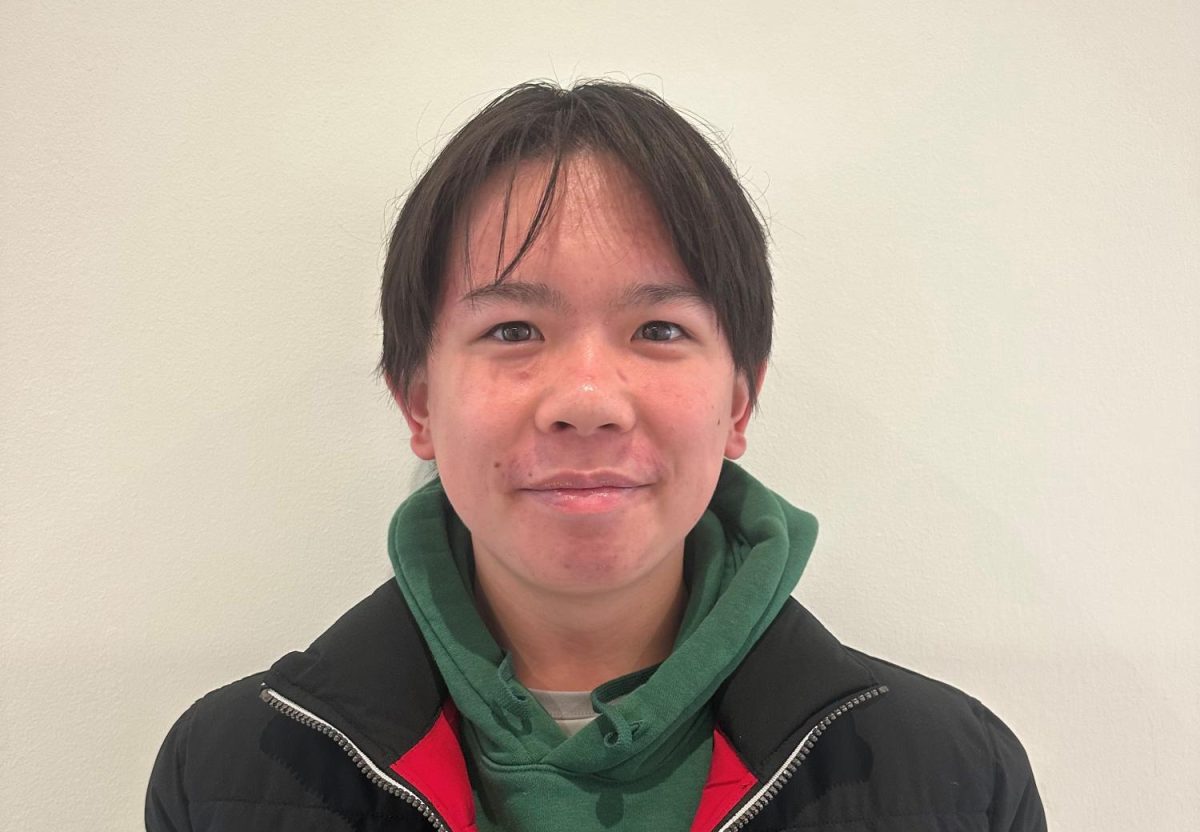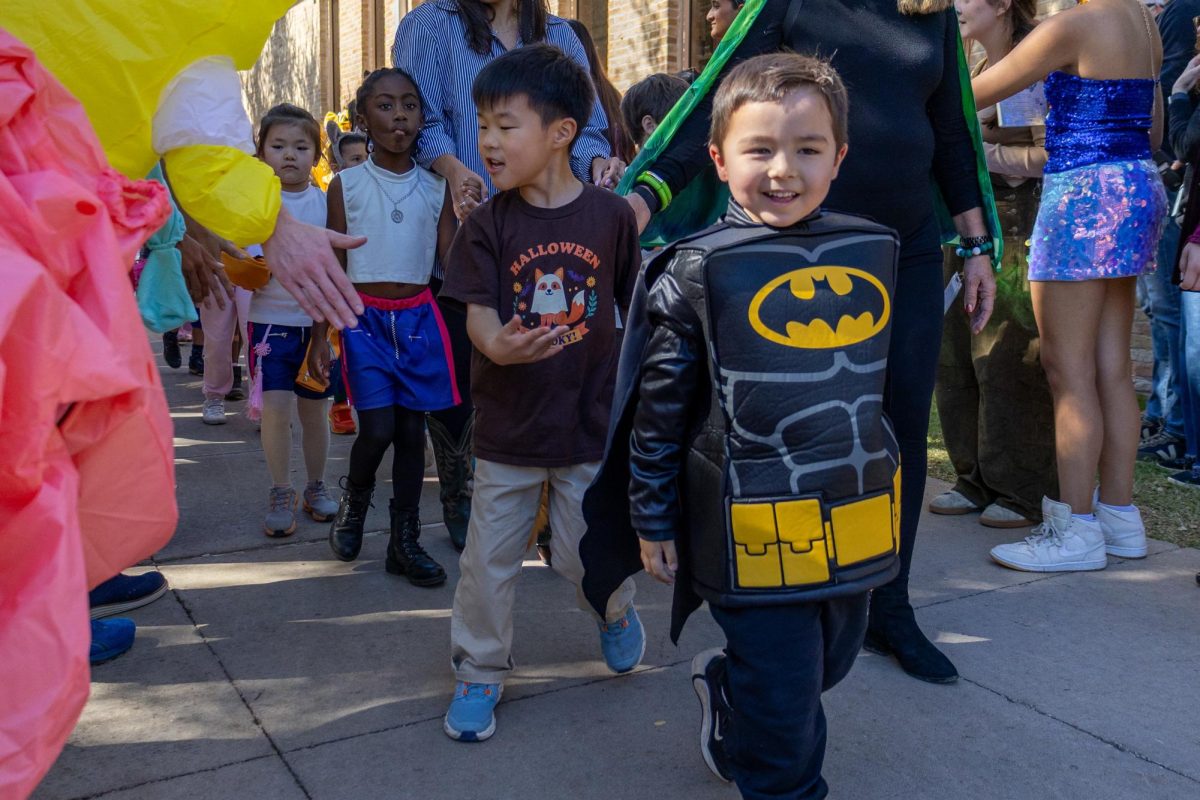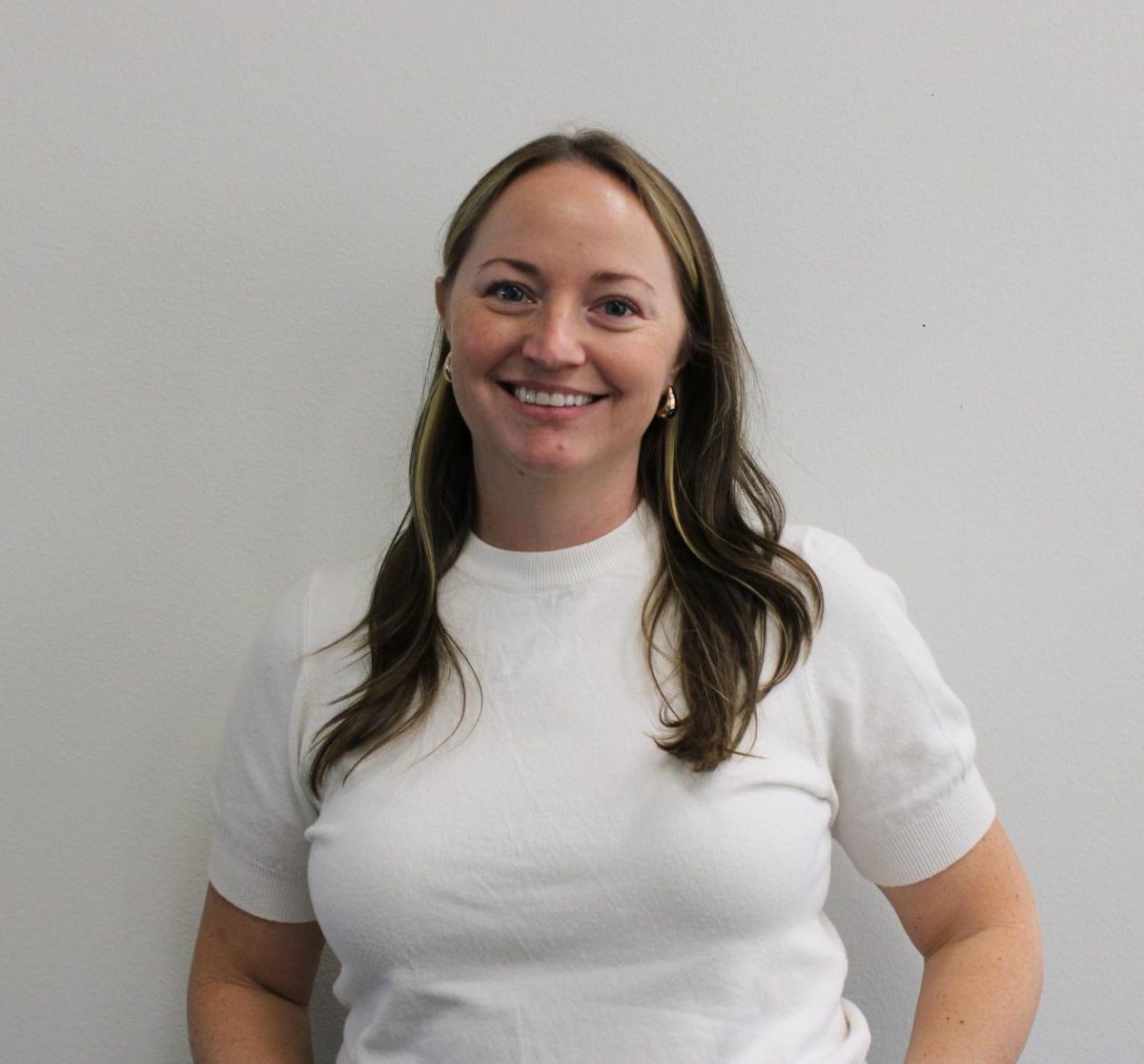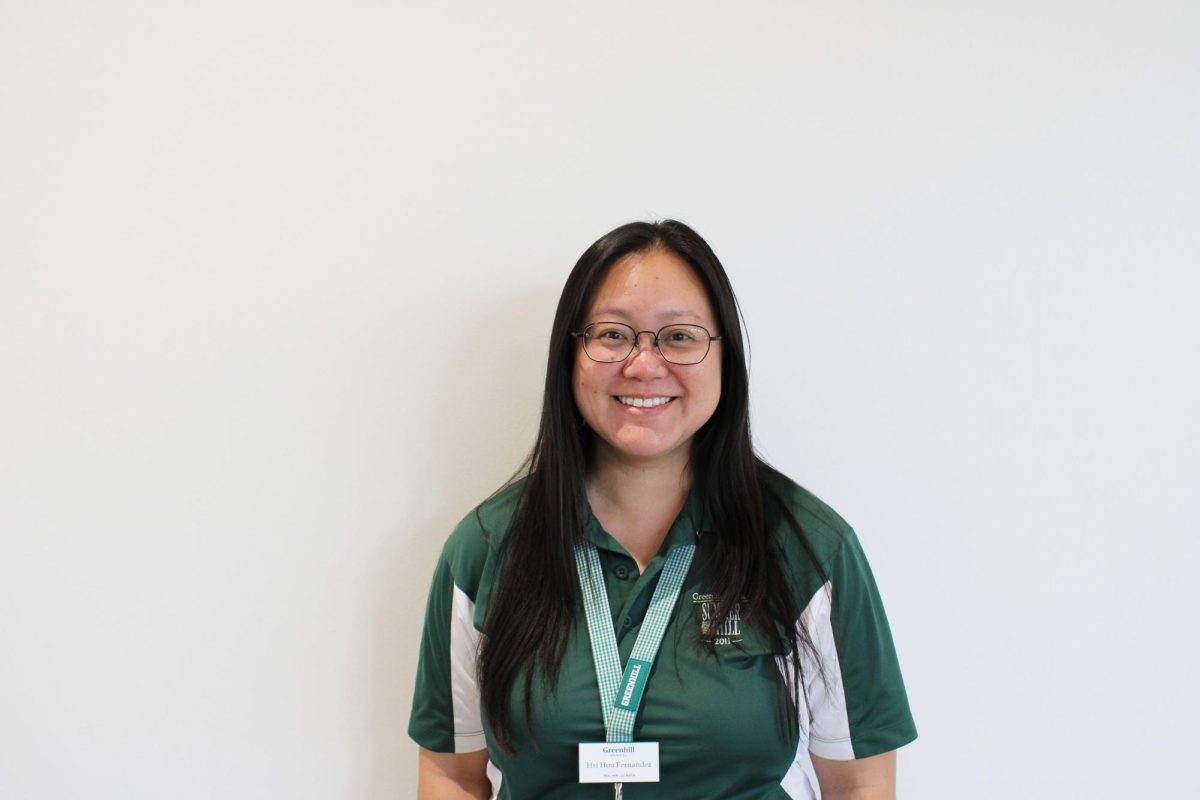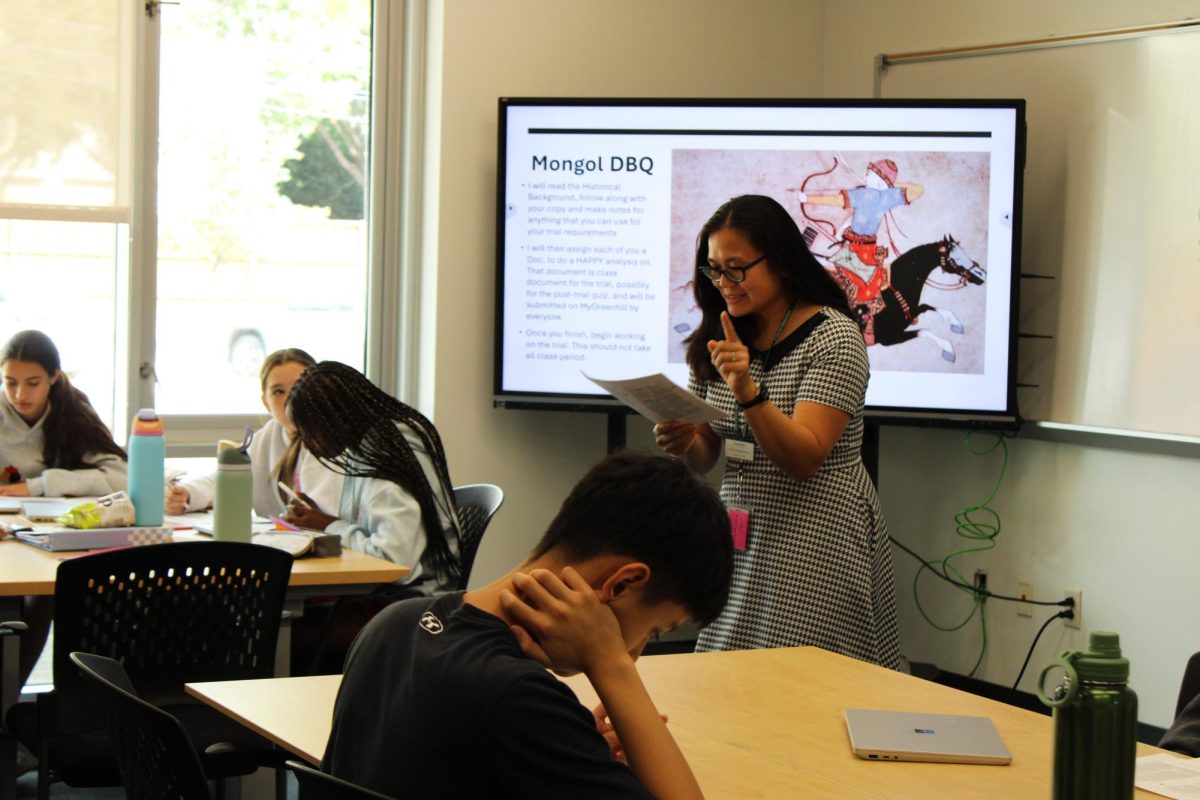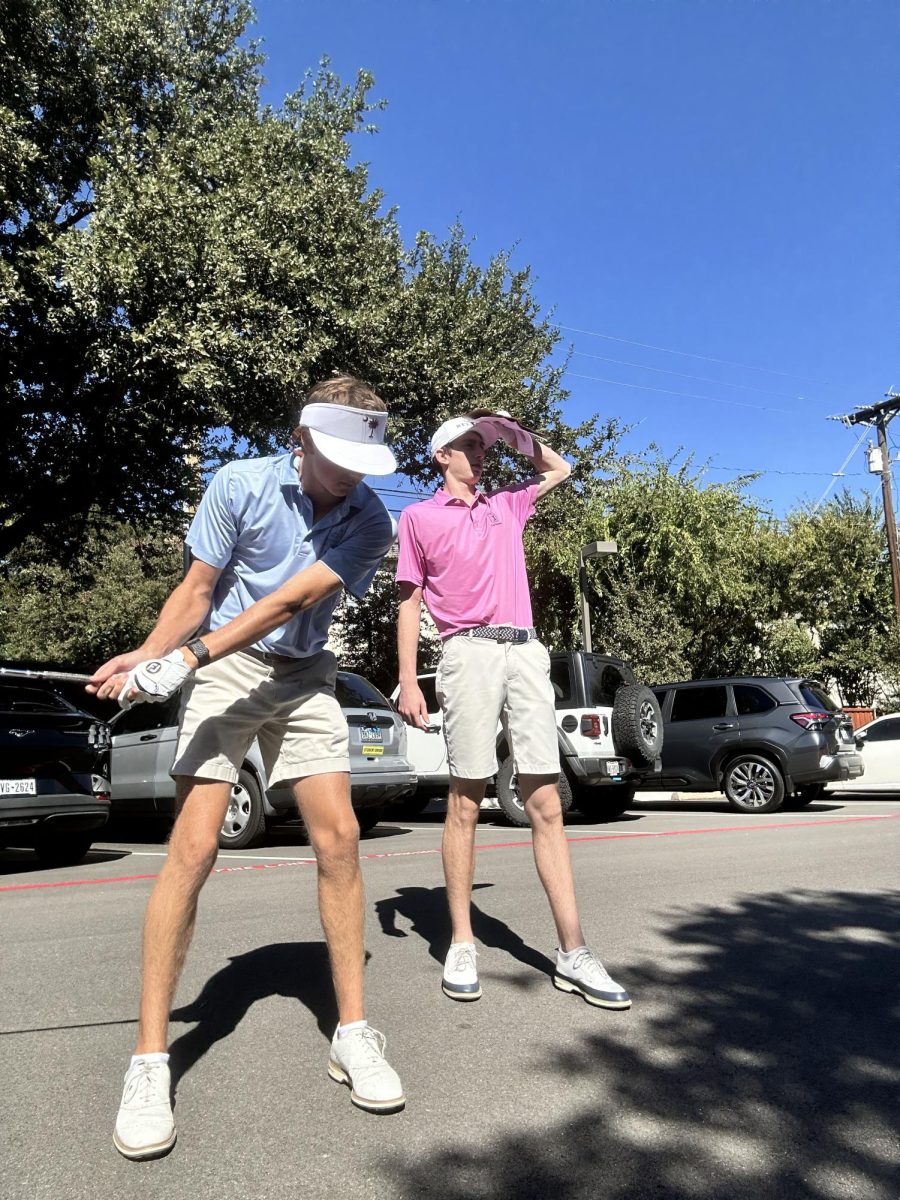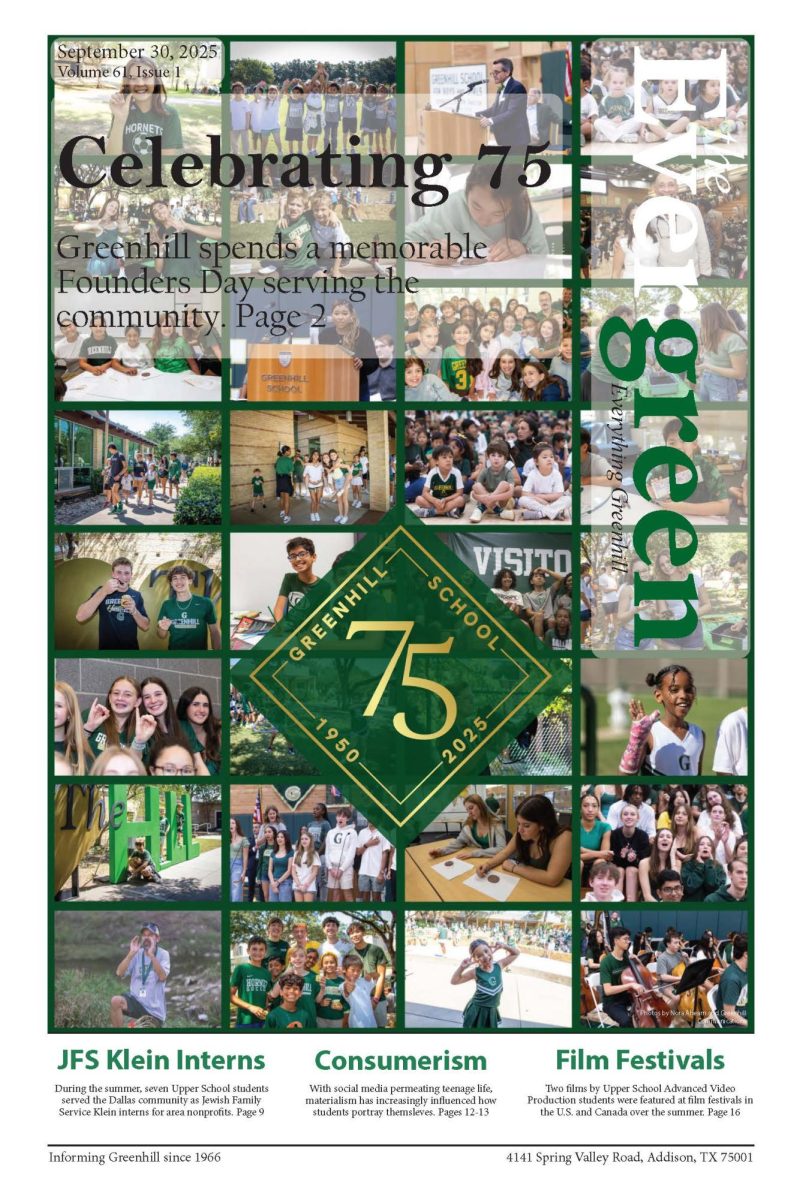Five Greenhill students have qualified for the American Invitational Mathematics Examination, a three-hour exam that tests the nation’s top young mathletes.
Eighth grader Aarav Mehta, freshman Evan Tsai, sophomore Collin Sun and juniors Justin Wu and Aaron Kuang earned their spots based on strong performances in the American Mathematics Competition held this past November.
The two competitions are commonly known by their acronyms: AIME for the American Invitational Mathematics Examination and AMC for the American Mathematics competition.
Students first compete in the AMC, a multiple-choice exam covering high school level mathematics, designed to identify students with problem-solving skills. The highest scores of the AMC advance to the AIME competition, a 15-question exam that serves as a gateway to higher-level competitions.
Upper School Math Teacher Kent Thele, who competed in the AMC as a high school student himself, says that certain skills are needed to be able to complete the exam.
“Persistence is key,” Thele said. “They have got to be able to stick to it because some of those problems can take forever.”
Thele noted the difficulty of the AIME, saying that some students used multiple sheets of paper to solve a single problem. Additionally, it is common that to complete these problems, students practice math in outside programs.
“Most of the kids who do well on these tests participate in programs outside their school,” Thele said. “They are problem-solving in different programs, so they learn techniques that I do not even know.”
Sun says that the importance of extensive problem-solving is key in the preparation process.
“To prepare for the AIME, you kind of just have to do a bunch of problems,” Sun said. “It is not like a school math test where if you study, you know how to do everything. It is more about applying this stuff in ways that you probably have never actually done before.”
Beyond the mathematical benefits, Thele says these competitions offer valuable personal growth.
“When I did it in high school, it kind of brought me out of my shell,” Thele said. “You find other people who kind of like it, and you can find cohorts and stuff.”
Sun says that the independence of the AIME will help benefit him in future competitions.
“This set of tests eventually leads to the [International Math Olympiad], where students are doing the stuff by themselves,” Sun said. “So, I think that [AIME] being an individual test is helpful because of what it is eventually going to lead up to.”
The AIME serves as the next step toward qualifying for the USA Junior Mathematical Olympiad (USAJMO) or the USA Mathematical Olympiad (USAMO). These national competitions are the highest high school mathematics achievement in the United States.
Beyond that, Sun says he has his sights set on the USA Mathematical Olympiad (USAMO).
“If everything goes right, then I will hopefully qualify for the USAMO next year,” Sun said.

